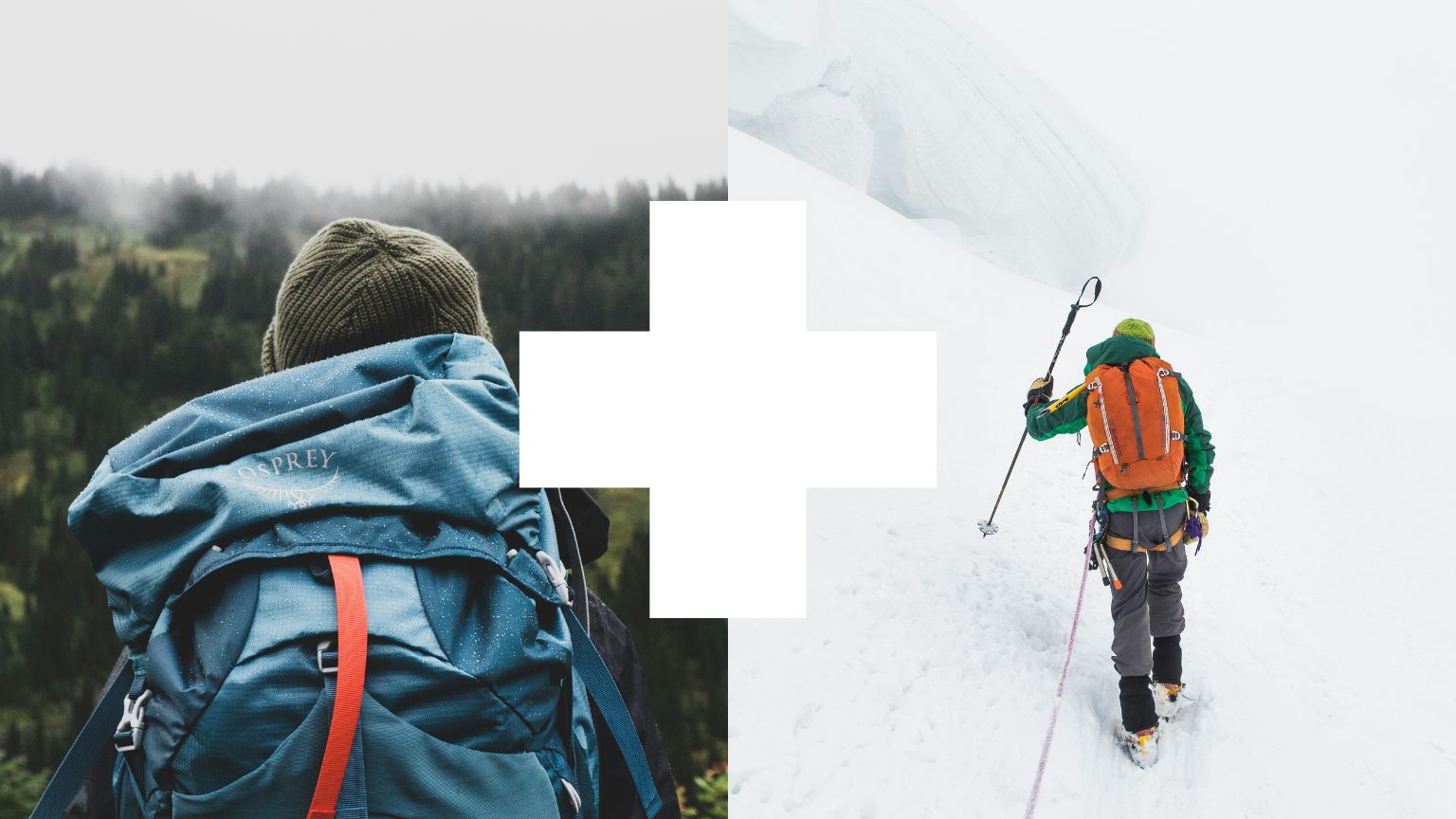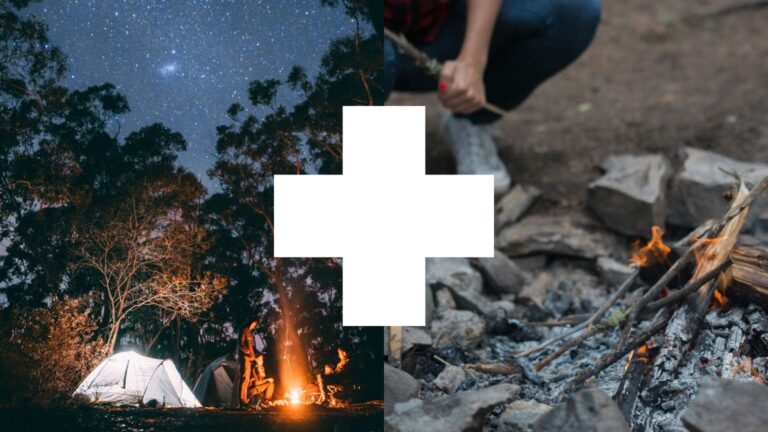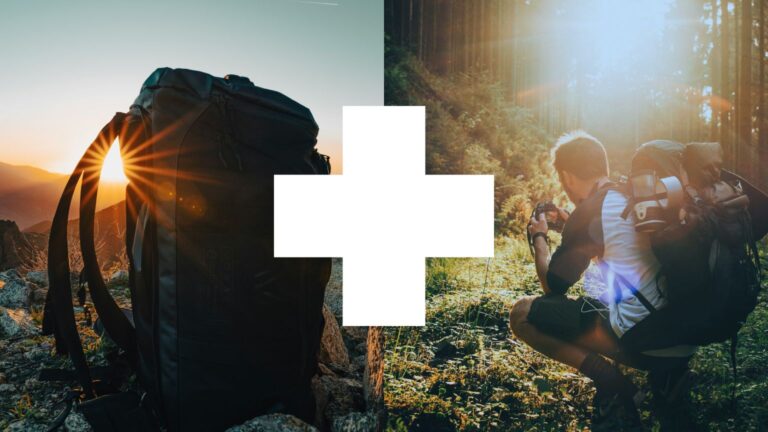Best Backpacking 101 Tips for You! Embarking on your first backpacking adventure? Congratulations! Get ready to experience the great outdoors in a whole new way. But before you hit the trail, it’s essential to be prepared.
In this guide, we’ll cover everything you need to know to make your first backpacking trip a success. From packing essentials to navigation tips and safety precautions, we’ve got you covered. So lace up your boots, hoist that pack onto your shoulders, and let’s dive into Backpacking 101.
Backpacking 101 Tips and Tricks
Backpacking offers a unique opportunity to immerse yourself in nature, disconnect from the hustle and bustle of everyday life, and create unforgettable memories.
But as exciting as it may be, venturing into the wilderness requires careful planning and preparation to ensure a safe and enjoyable experience.
Whether you’re hitting the trail solo or with friends, here are some essential tips and tricks to help you make the most of your backpacking journey.
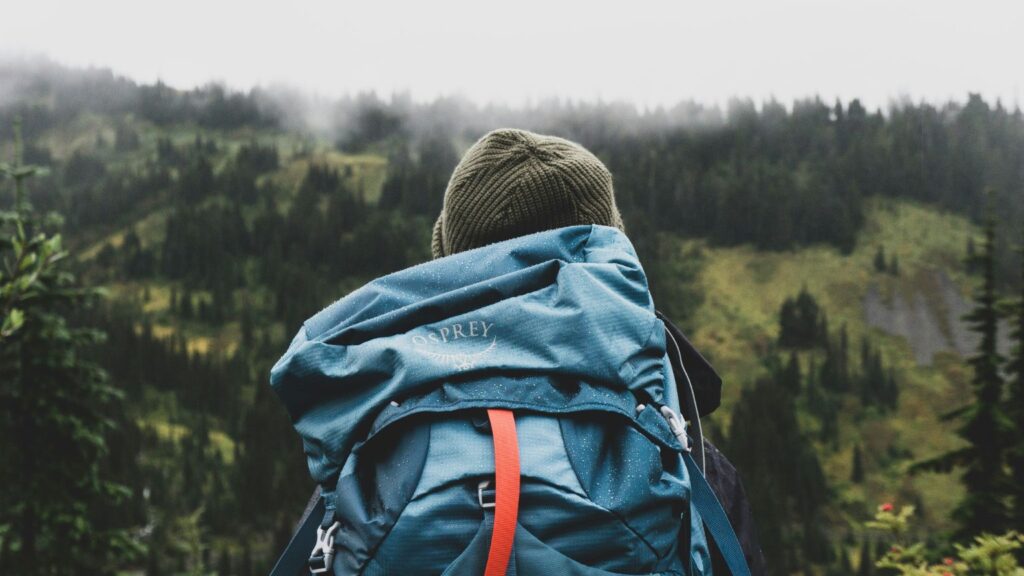
Plan Your Route and Research Your Destination
Before you set out on your backpacking trip, take the time to research your chosen destination thoroughly. Familiarize yourself with the terrain, climate, wildlife, and any potential hazards you may encounter along the way. Plan your route carefully, considering factors such as distance, elevation gain, water sources, and campsites. Consult trail maps, guidebooks, and online resources to gather as much information as possible about the area you’ll be exploring.
Invest in Quality Gear
Investing in quality gear is essential for a successful backpacking trip. While you don’t need the latest and most expensive equipment, it’s crucial to choose gear that is durable, lightweight, and suited to the conditions you’ll be facing. Start with the essentials: a sturdy backpack, a lightweight tent, a warm sleeping bag, a comfortable sleeping pad, and proper footwear. Don’t forget to pack essential clothing layers, food and cooking supplies, a water filtration system, a navigation device (such as a map and compass or GPS), a first aid kit, and other necessary items for your trip.
Pack Smart and Light
Packing smart and light is key to enjoying a comfortable backpacking experience. Only bring the essentials and leave behind unnecessary items that will weigh you down. Opt for lightweight and multi-purpose gear whenever possible to minimize the weight of your pack. Pack your heaviest items close to your back and distribute the weight evenly to ensure proper balance and stability while hiking.
Practice Leave No Trace Principles
As you venture into the wilderness, remember to practice Leave No Trace principles to minimize your impact on the environment and preserve the natural beauty of the outdoors for future generations. Pack out all trash, dispose of waste properly, and avoid damaging vegetation or disturbing wildlife. Stay on designated trails, camp in established campsites whenever possible, and leave nature as you found it.
Be Prepared for Emergencies
While backpacking, it’s essential to be prepared for emergencies and unexpected situations. Carry a well-stocked first aid kit and know how to use it. Familiarize yourself with basic first aid procedures and wilderness survival skills, such as building a shelter, starting a fire, and signaling for help. Always let someone know your itinerary and expected return time, and consider bringing along a personal locator beacon or satellite messenger for added safety.
Pace Yourself and Listen to Your Body
Backpacking can be physically demanding, especially if you’re hiking long distances or navigating challenging terrain. Listen to your body and pace yourself accordingly. Take regular breaks to rest, hydrate, and refuel, especially on hot days or steep climbs. Pay attention to signs of fatigue, dehydration, or injury, and don’t hesitate to take a break or turn back if necessary.
Enjoy the Journey
Above all, remember to enjoy the journey and embrace the adventure of backpacking. Take time to appreciate the beauty of your surroundings, savor the quiet moments in nature, and connect with your fellow hikers. Be open to new experiences, challenges, and opportunities for growth along the trail. With the right mindset and preparation, your first backpacking trip is sure to be an unforgettable adventure.
Conclusion
Embarking on your first backpacking adventure is an exciting and rewarding experience. By following these Backpacking 101 Tips and Tricks for beginners, you’ll be well-equipped to tackle the trail with confidence and make the most of your outdoor adventure. So pack your bags, lace up your boots, and get ready to embark on an unforgettable journey into the wilderness. Happy trails!
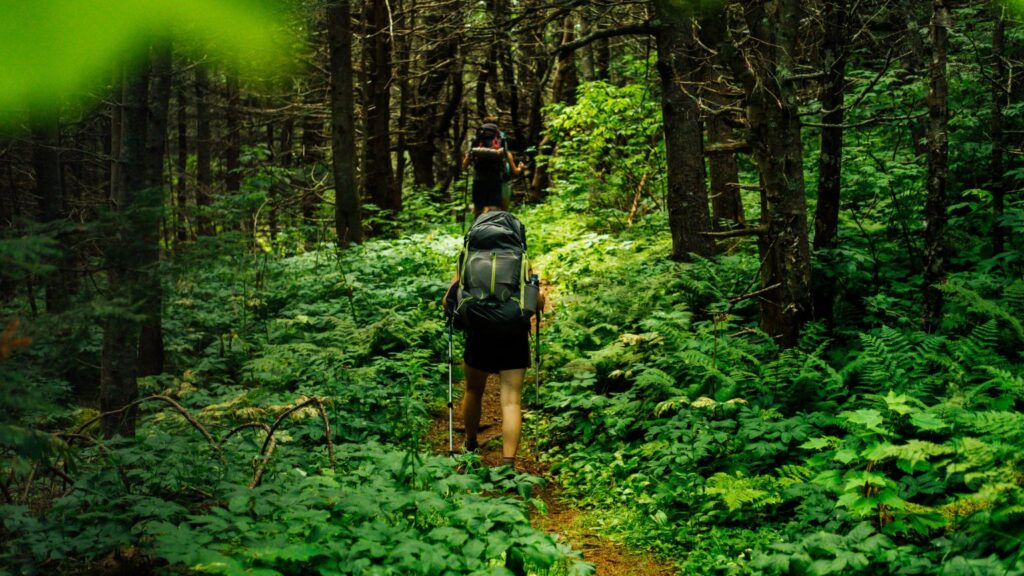
Backpacking 101 Tips and Tricks: How to Physically Prepare for Backpacking?
Title: “Preparing Your Body for Backpacking: Tips for Physical Readiness”
Embarking on a backpacking adventure requires more than just packing the right gear—it also demands physical preparedness to tackle the challenges of the trail. Whether you’re gearing up for a weekend trek or a multi-day expedition, here are some tips to help you get your body in shape for backpacking:
Start with Cardiovascular Exercise
Building cardiovascular endurance is essential for sustained hiking over varied terrain. Incorporate activities like walking, jogging, cycling, or swimming into your regular routine to improve your aerobic fitness and stamina. Aim for at least 30 minutes of moderate-intensity cardio exercise on most days of the week, gradually increasing the duration and intensity as your fitness level improves.
Focus on Lower Body Strength
Strong legs are key for powering up steep inclines and navigating rugged trails with ease. Incorporate strength training exercises that target the major muscle groups of the lower body, including squats, lunges, step-ups, and calf raises. Aim for two to three strength training sessions per week, gradually increasing the resistance and repetitions as you progress.
Don’t Forget Core Stability
A strong core provides stability and balance on uneven terrain, helping to prevent falls and injuries while backpacking. Include core-strengthening exercises such as planks, Russian twists, mountain climbers, and bird dogs in your workout routine. Perform these exercises two to three times per week, focusing on maintaining proper form and engaging the abdominal muscles throughout each movement.
Work on Flexibility and Mobility
Flexible muscles and joints are less prone to injury and can help you move more efficiently on the trail. Incorporate stretching exercises into your routine to improve flexibility and mobility in key areas such as the hips, hamstrings, quadriceps, calves, and lower back. Aim for at least 10 minutes of stretching after each workout session, focusing on dynamic stretches before exercise and static stretches afterward.
Gradually Increase Intensity and Duration
As you progress with your training, gradually increase the intensity and duration of your workouts to mimic the demands of backpacking. Gradually increase the distance, elevation gain, and duration of your hikes, adding weight to your backpack as you build strength and endurance. Incorporate hill training, stair climbing, and interval workouts to simulate the challenges of hiking on varied terrain.
Listen to Your Body
Pay attention to your body’s signals and adjust your training accordingly to avoid overtraining and burnout. Allow for adequate rest and recovery between workouts, and listen to any signs of pain or discomfort that may indicate the need to scale back or modify your training program. Incorporate rest days, cross-training activities, and gentle stretching or yoga sessions to promote recovery and prevent injury.
By following these tips and gradually increasing the intensity of your workouts, you’ll build the strength, endurance, and resilience needed to tackle even the most challenging backpacking adventures. Remember to stay consistent, stay hydrated, and most importantly, enjoy the journey as you prepare your body for the trails ahead.
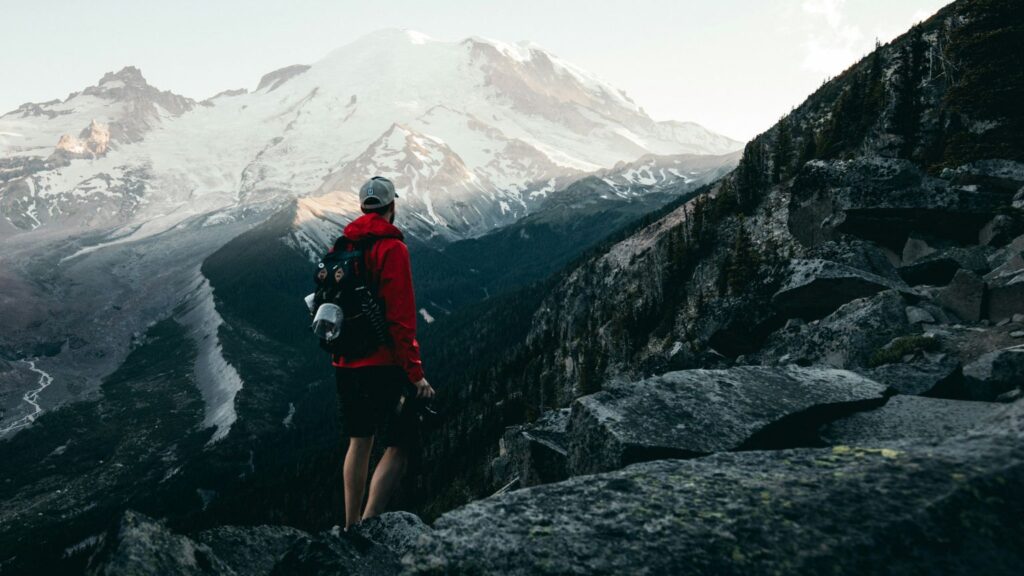
Backpacking 101 Tips and Tricks: Choosing good backpack for camping trips
Choosing the right backpack for camping trips is essential for comfort, convenience, and safety while exploring the great outdoors.
Backpacking 101 Tips and Tricks – here are some factors to consider when selecting a backpack for your camping adventures:
- Capacity: Determine how much gear you’ll need to carry based on the length of your camping trips and the number of people in your group. For overnight trips, a backpack with a capacity of 40-65 liters should suffice. For longer trips or winter camping, opt for a larger pack with a capacity of 65-85 liters.
- Fit: A properly fitting backpack is crucial for comfort and stability on the trail. Look for a backpack that matches your torso length and hip size. Many outdoor retailers offer fitting services to help you find the right size backpack for your body.
- Features: Consider the features you’ll need for your camping trips. Look for a backpack with multiple compartments and pockets for organizing your gear, as well as external attachment points for items like trekking poles, sleeping pads, or ice axes. Hydration compatibility is also important for staying hydrated on the trail.
- Comfort: Look for backpacks with padded shoulder straps, a padded hip belt, and a ventilated back panel to distribute weight evenly and reduce pressure points. Adjustable suspension systems allow you to customize the fit for added comfort.
- Durability: Choose a backpack made from high-quality, durable materials that can withstand the rigors of outdoor use. Look for reinforced seams, sturdy zippers, and water-resistant or waterproof fabrics to protect your gear from the elements.
- Weight: Opt for a lightweight backpack, especially if you’ll be carrying heavy loads or hiking long distances. Lightweight materials and minimalist designs can help reduce the overall weight of the pack without sacrificing durability or functionality.
- Brand Reputation: Research backpack brands known for their quality, reliability, and customer service. Popular outdoor brands like Osprey, Gregory, Deuter, and REI Co-op are known for producing high-quality backpacks designed specifically for camping and hiking.
- Price: Set a budget and choose a backpack that offers the best value for your money. Keep in mind that higher-priced backpacks often come with more features and better durability, but there are also budget-friendly options available for casual campers.
By considering these factors and choosing a backpack that meets your specific needs and preferences, you can enjoy comfortable and hassle-free camping trips in the great outdoors.
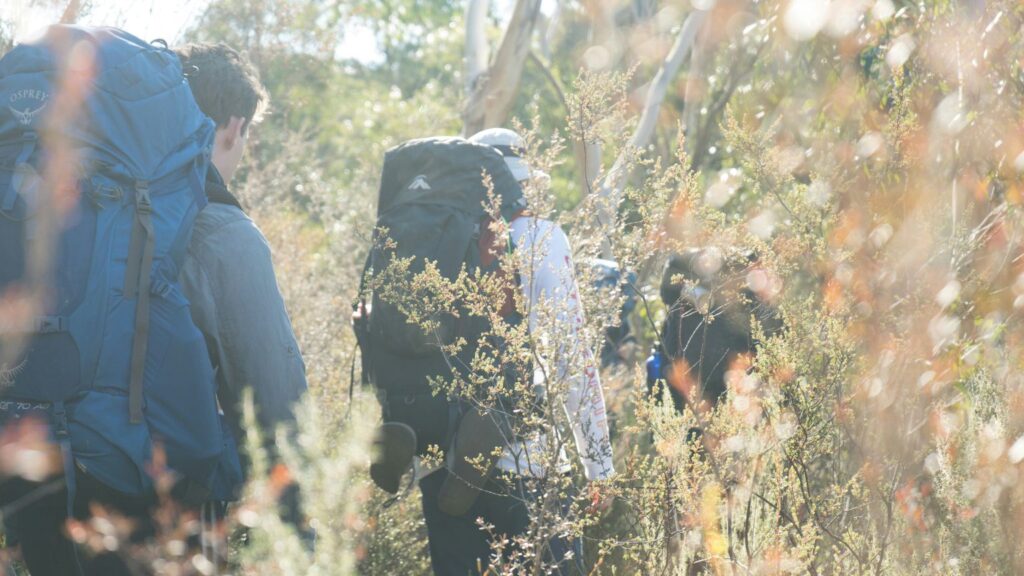
Backpacking 101 Tips and Tricks: 9 Essentials to Safe and Prepared Backcountry Adventures
When heading into the backcountry, being prepared is key to a safe and enjoyable experience. In addition to your big-ticket items like your tent, sleeping bag, and stove, there are a few smaller pieces of gear that should never be overlooked.
These essential items, known as the “9 Essentials,” can help you stay safe, comfortable, and prepared for whatever the wilderness throws your way.
- Map and Compass: Navigational tools are crucial for finding your way in the backcountry, especially in unfamiliar terrain or inclement weather conditions. Be sure to carry a detailed map of the area you’ll be exploring, along with a reliable compass to help you navigate.
- First Aid Kit: Accidents happen, so it’s essential to have a well-stocked first aid kit on hand. Your kit should include essentials like bandages, gauze, antiseptic wipes, tweezers, and pain relievers to treat minor injuries and ailments.
- Extra Layers and Rain Gear: Weather in the backcountry can be unpredictable, so it’s important to be prepared for changing conditions. Pack extra layers of clothing to stay warm, as well as waterproof rain gear to stay dry in wet weather.
- Firestarter and Matches: Having the ability to start a fire can be a lifesaver in an emergency situation or for warmth and cooking. Pack waterproof matches or a lighter, along with reliable firestarter like waterproof matches, a lighter, or fire-starting tinder.
- Multi-Tool or Knife: A multi-tool or knife is a versatile tool that can be used for a variety of tasks in the backcountry, from cutting rope to repairing gear. Choose a durable, high-quality tool with multiple functions to handle whatever challenges you may encounter.
- Flashlight or Headlamp: A reliable light source is essential for navigating in the dark or during low-light conditions. Pack a flashlight or headlamp with extra batteries to ensure you can see and be seen after dark.
- Sunscreen and Sunglasses: Protecting yourself from the sun’s harmful rays is important, even in the wilderness. Pack sunscreen with a high SPF rating and sunglasses with UV protection to shield your skin and eyes from sunburn and damage.
- Extra Food: Always carry extra food to sustain yourself in case of unexpected delays or emergencies. Choose lightweight, high-energy snacks like trail mix, energy bars, or dehydrated meals that are easy to pack and won’t spoil.
- Water and a Way to Purify It: Staying hydrated is essential for staying healthy and alert in the backcountry. Carry an ample supply of water, along with a water purification method like a filter, purification tablets, or a UV sterilizer to ensure your water is safe to drink.
By packing these 9 essentials every time you head into the backcountry, you’ll be well-prepared to handle whatever challenges and adventures come your way. Stay safe, have fun, and enjoy exploring the great outdoors!
Don’t miss out – read it now!
Embark on your first night in the forest with confidence! Dive into our comprehensive guide: ‘How to Prepare for Your First Night in the Forest.’ Discover essential tips and tricks for setting up camp, staying safe, and immersing yourself in the magic of nature. Whether you’re a seasoned camper or a novice adventurer, our article has everything you need to make your first forest camping experience unforgettable.

